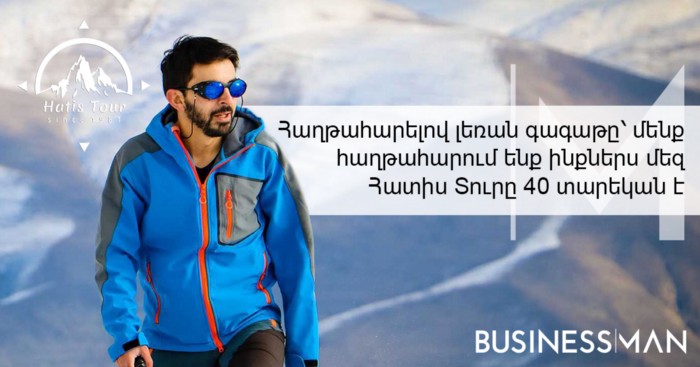
Mount Elbrus is a desirable place for tourists and climbers, as well as a popular vacation spot for those who like skiing and snowboarding. The huge number of tourists on the slopes can confuse beginners. Despite the low category of routes, the highest peak in Europe is a dangerous and difficult mountain range with its own characteristics. Preparations for climbing Elbrus should be taken very seriously


.webp)
.webp)
.webp)
.webp)
.webp)
.webp)
.webp)






.webp)
.webp)
.webp)
.webp)
.webp)
.webp)

.webp)
Leave a comment